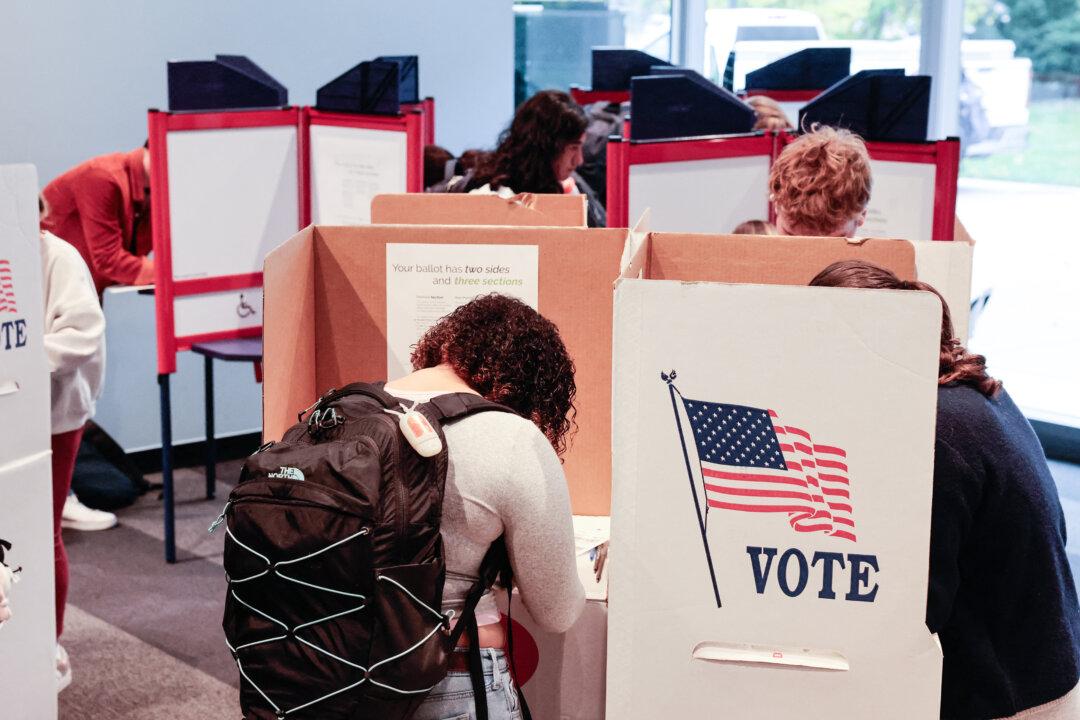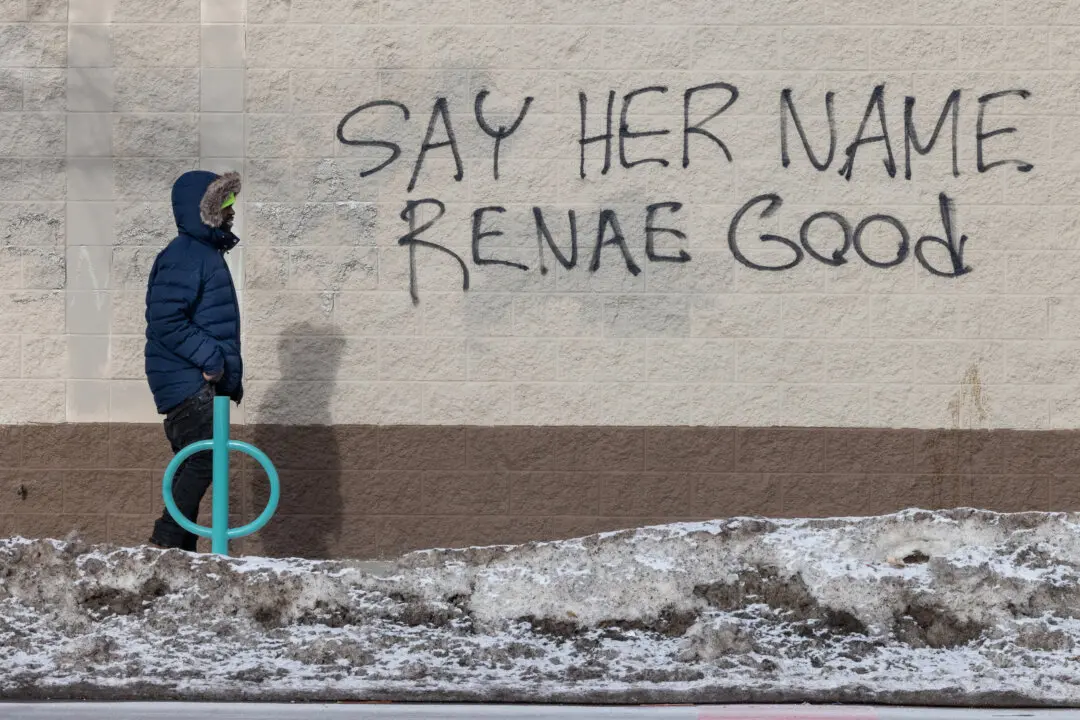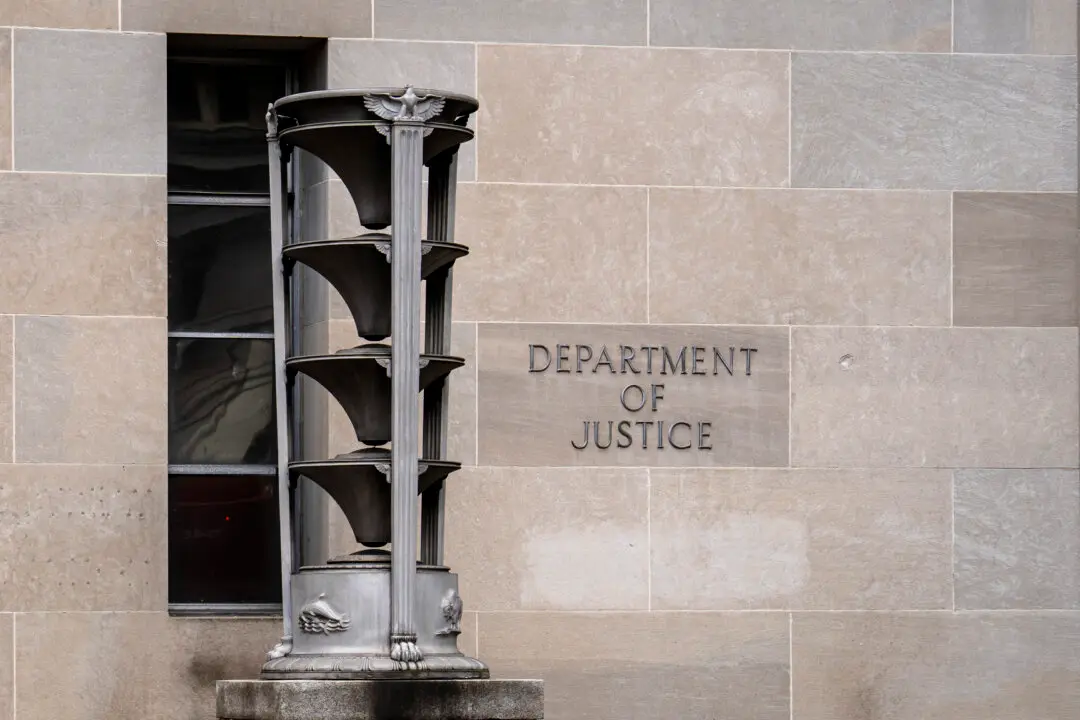TIJUANA, Mexico—The Trump administration launched an effort to discourage thousands of migrants from seeking asylum and subsequently disappearing into the United States—by sending them to Mexico to wait out their cases. On Jan. 28, the first one was returned to Tijuana. The migrant-heavy border city was not happy about it.
The Mexican federal government, however, has reluctantly agreed to the policy.




